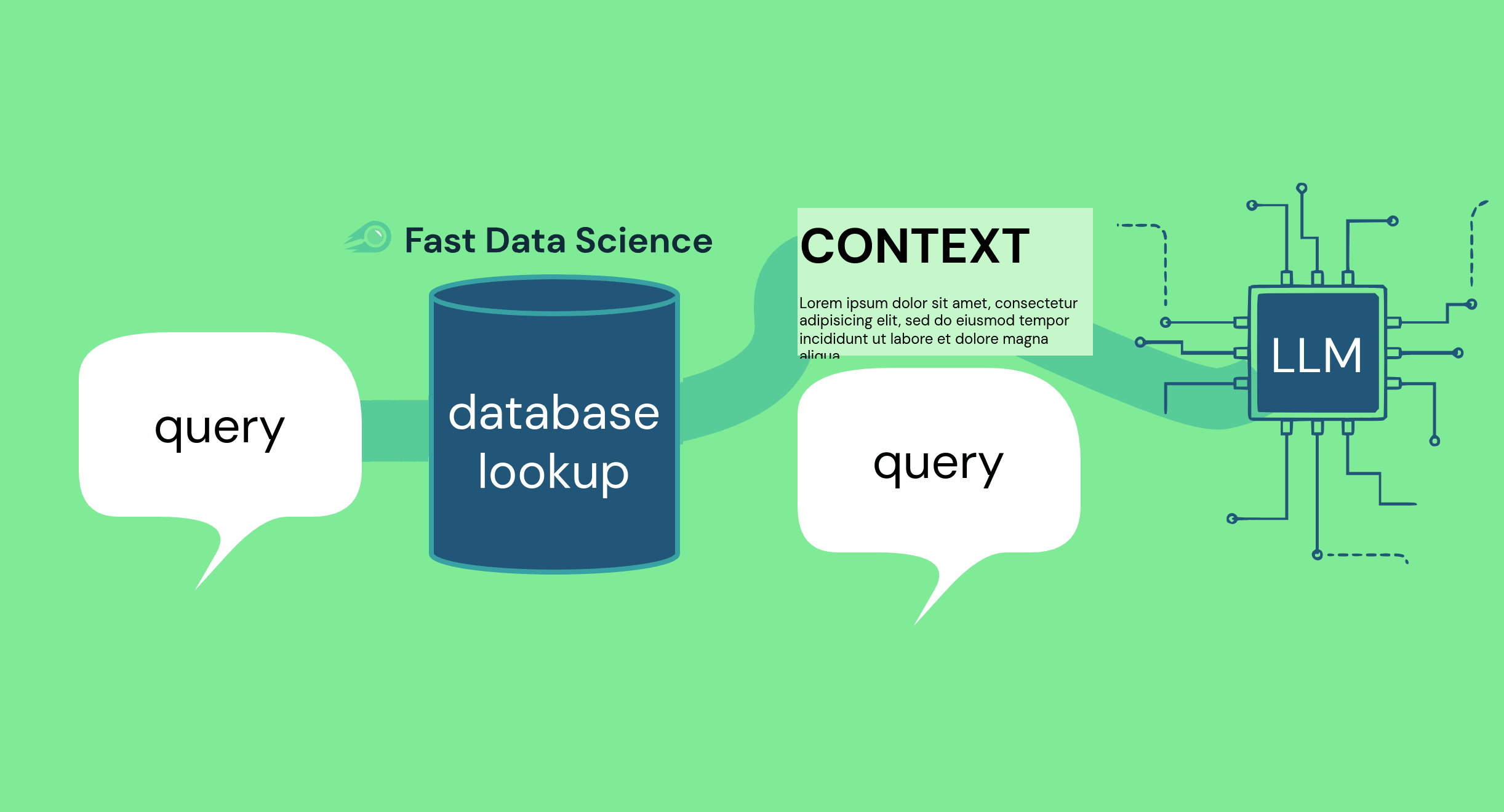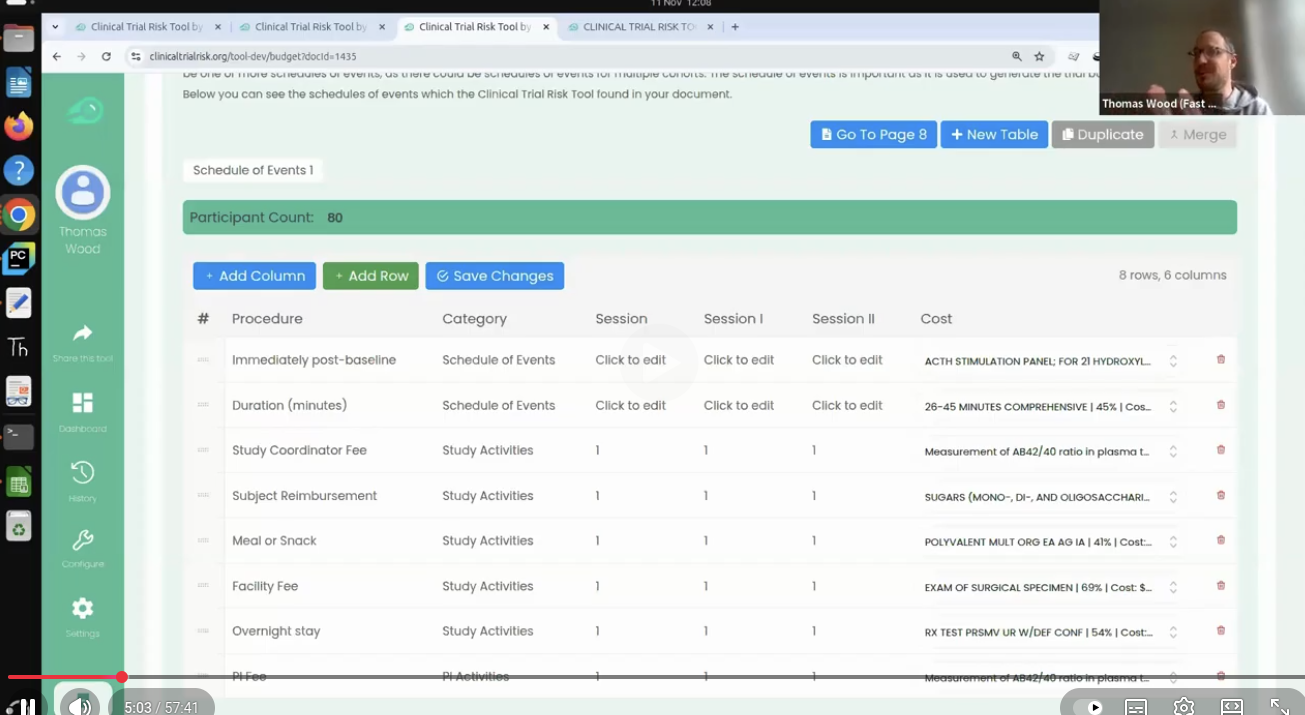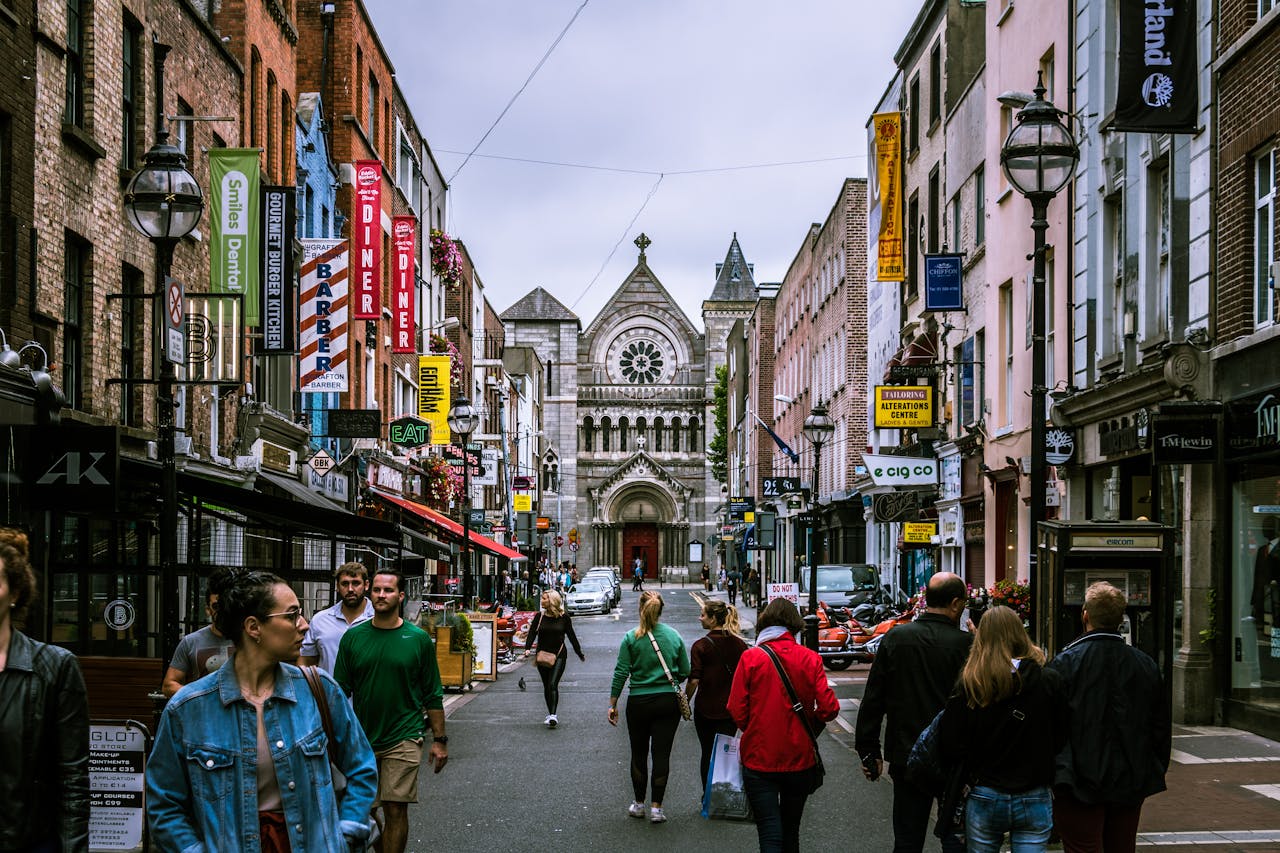
Natural language processing (NLP) is revolutionising how businesses interact with information. But large language models, or LLMs (also known as generative models or GenAI) can sometimes struggle with factual accuracy and keeping up with real-time information.
If ChatGPT was trained on data until a certain year, how can it answer questions about events that happened after the cutoff point?
Retrieval-augmented generation (RAG) allows LLMs such as ChatGPT to stay up to date in their responses.
Natural language processing
Remember the old mobile phones which completed a sentence by taking into account the previous words? That’s all the LLMs are doing.
An LLM is a super-powered autocomplete. It excels at understanding language patterns but can lack domain-specific knowledge. LLMs are notorious for hallucinating when they don’t know the answer.
We can mitigate the problem of hallucinations and inaccuracies by taking the user prompt, and leveraging an external knowledge base and prepending or appending some useful information which we think the LLM should know, before we pass the prompt to the LLM. For example, if the user has a query about English insolvency law, we can send the user’s original question, together with some relevant information retrieved from a database.
Modifying the prompt sent to an LLM is also called prompt engineering.
With RAG, we augment the request by retrieving relevant documents from the knowledge base and feeding them to the LLM along with the original prompt. This empowers the LLM to generate more accurate and up-to-date responses.
A demonstration of the Insolvency Bot, a use case of RAG (retrieval augmented generation) in the legal domain.
Here’s how RAG and prompt engineering can benefit businesses:
Real-world applications of retrieval augmented generation
The Future of NLP
RAG represents a significant step forward in NLP. By combining the power of LLMs with external knowledge, businesses can unlock new levels of efficiency, accuracy, and cost-effectiveness in information retrieval. As technology evolves, RAG is poised to play a central role in the future of human-computer interaction.
Unleash the potential of your NLP projects with the right talent. Post your job with us and attract candidates who are as passionate about natural language processing.
Hire NLP Experts
Thomas Wood presents the Clinical Trial Risk Tool before the November meeting of the Clinical AI Interest Group at Alan Turing Institute The Clinical AI Interest group is a community of health professionals from a broad range of backgrounds with an interest in Clinical AI, organised by the Alan Turing Institute.

Fast Data Science will appear at Ireland’s Expert Witness Conference on 20 May 2026 in Dublin On 20 May 2026, La Touche Training is running the Expert Witness Conference 2026, at the Radisson Blu Hotel, Golden Lane, Dublin 8, Ireland. This is a full-day event combining practical workshops and interactive sessions, aimed at expert witnesses and legal professionals who want to enhance their expertise. The agenda covers critical topics like recent developments in case law, guidance on report writing, and techniques for handling cross-examination.

Guest post by Alex Nikic In the past few years, Generative AI technology has advanced rapidly, and businesses are increasingly adopting it for a variety of tasks. While GenAI excels at tasks such as document summarisation, question answering, and content generation, it lacks the ability to provide reliable forecasts for future events. GenAI models are not designed for forecasting, and along with the tendancy to hallucinate information, the output of these models should not be trusted when planning key business decisions. For more details, a previous article on our blog explores in-depth the trade-offs of GenAI vs Traditional Machine Learning approaches.
What we can do for you